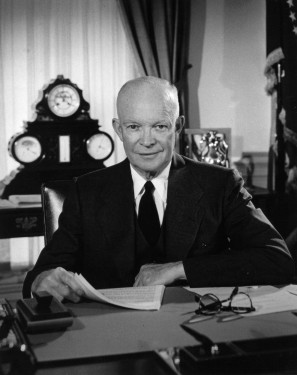
The Korean War was a conflict that lasted from 1950 to 1953, and resulted in the deaths of millions of people. During this time, President Dwight Eisenhower took decisive action to end the war and bring peace to the region. He used diplomacy and negotiation to bring North Korea, South Korea, China, and the United States together at the armistice table. He also employed economic sanctions against North Korea in order to pressure them into signing an agreement that would end hostilities. With his actions, President Eisenhower was able to bring an end to one of the most devastating wars in modern history.
When President Dwight Eisenhower took office in 1953, ending the Korean War was one of his top priorities. He believed that the war had gone on for too long and that it was time to bring it to an end. He worked tirelessly to bring together all the parties involved in the conflict and negotiated a truce that brought the war to an end in July 1953. Eisenhower’s determination and diplomacy helped bring peace to a region that had been embroiled in conflict for three years. His efforts also showed the world his commitment to peace and stability, setting an example for future generations of leaders.
After years of fighting a bloody conflict, the Korean War ended on July 27, 1953 with an armistice agreement between North and South Korea. The armistice marked the end of the three-year war and brought about a ceasefire that allowed US troops to begin their withdrawal from the Korean peninsula. As part of the armistice agreement, US forces began to withdraw from Korea in stages until all troops had left by 1955. This withdrawal marked an end to one of the most devastating wars in modern history and signaled a new era of peace for both North and South Korea.
After the end of the Korean War in 1953, the United States military presence in Korea has been a constant presence for over six decades. The US maintains a strong military presence in South Korea with over 28,000 troops stationed there, as well as a large number of naval vessels and aircraft. This presence is intended to provide a deterrence against North Korean aggression and ensure that peace and stability are maintained on the Korean Peninsula. Moreover, US forces also work closely with South Korean forces to maintain readiness and respond to any potential threats from North Korea.